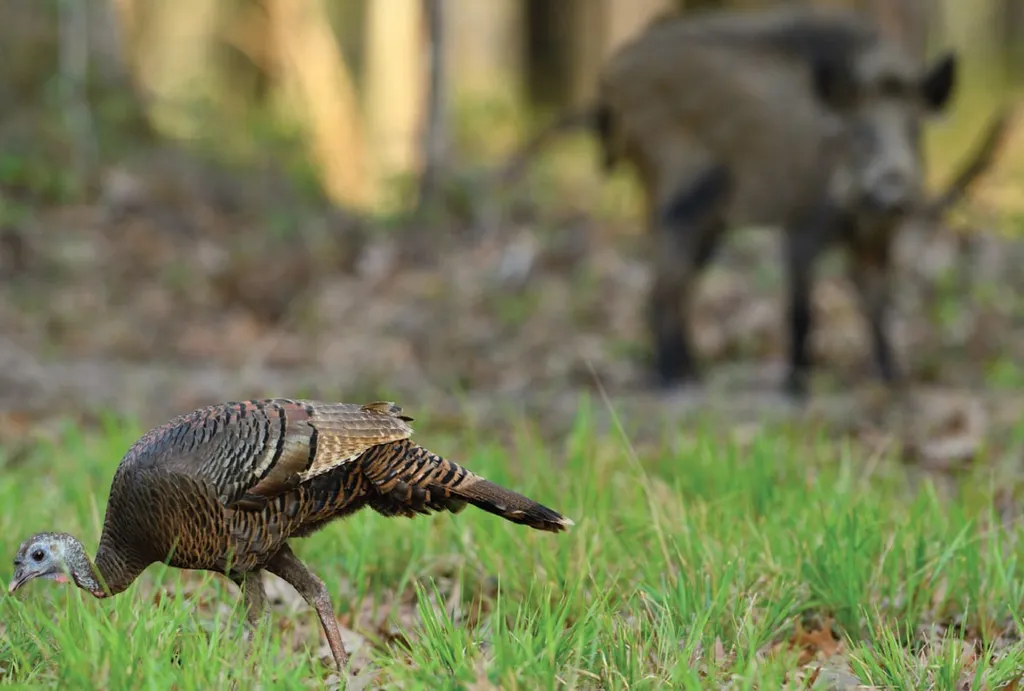In the heart of the Mississippi Alluvial Valley, a delicate dance between predator and prey is playing out, one that could have significant implications for wildlife management and agricultural practices. Researchers, led by Dr. Guiming Wang from the Department of Wildlife, Fisheries and Aquaculture at Mississippi State University, have been studying the spatial dynamics of mammalian predation on translocated wild turkeys in an agriculturally dominated landscape. Their findings, published in the journal Wildlife Society Bulletin, offer a nuanced look at how habitat fragmentation and edge effects can influence the success of wildlife translocation efforts.
The study, which ran from January 2009 to July 2010, tracked translocated wild turkeys using radio transmitters equipped with mortality sensors. The team found that mammalian predation was positively associated with crop field edge density. In other words, the more edges there were between different types of habitat, the higher the likelihood of predation. “We predicted that the greater the edge density of cropland and developed land, the higher the probability of mammalian predation for translocated wild turkeys,” Wang explained. “Our findings suggest that mammalian predation can decrease the success of wild turkey translocation in unfamiliar, agricultural-dominant habitats.”
This research is particularly relevant for the energy sector, as it highlights the potential impacts of habitat fragmentation caused by infrastructure development. As renewable energy projects, such as wind farms and solar parks, continue to expand, they bring with them a network of roads, power lines, and other developments that can fragment habitats and create edges. Understanding how these edges influence predator-prey dynamics can help energy companies design and implement projects that minimize their impact on local wildlife.
The study also demonstrates the power of machine learning techniques in wildlife research. By applying multivariate ordinations and one-class support vector machines, the researchers were able to predict the spatial probabilities and locations of mammalian predation with a high degree of accuracy. This approach could be applied to a wide range of wildlife management scenarios, from predicting the spread of invasive species to optimizing the placement of conservation efforts.
Looking ahead, this research could shape future developments in the field of wildlife management and conservation. By understanding the complex interplay between habitat fragmentation, edge effects, and predator-prey dynamics, managers can make more informed decisions about where and how to translocate species. This, in turn, can improve the success rates of translocation efforts and contribute to the conservation of biodiversity.
As Dr. Wang noted, “Our findings highlight the importance of considering the spatial context of translocation efforts. By taking into account the edge density of the landscape, we can better predict the likelihood of predation and make more informed decisions about where to release translocated animals.” This insight is not only valuable for wildlife managers but also for the energy sector, as it underscores the need for careful planning and consideration of the environmental impacts of infrastructure development.
In the end, this research serves as a reminder of the intricate web of relationships that exist within our ecosystems. By unraveling these relationships, we can better understand the impacts of our actions on the natural world and work towards a more sustainable future. As the energy sector continues to evolve, the insights gleaned from this study will be invaluable in guiding the development of projects that are not only efficient and cost-effective but also mindful of their environmental footprint.

